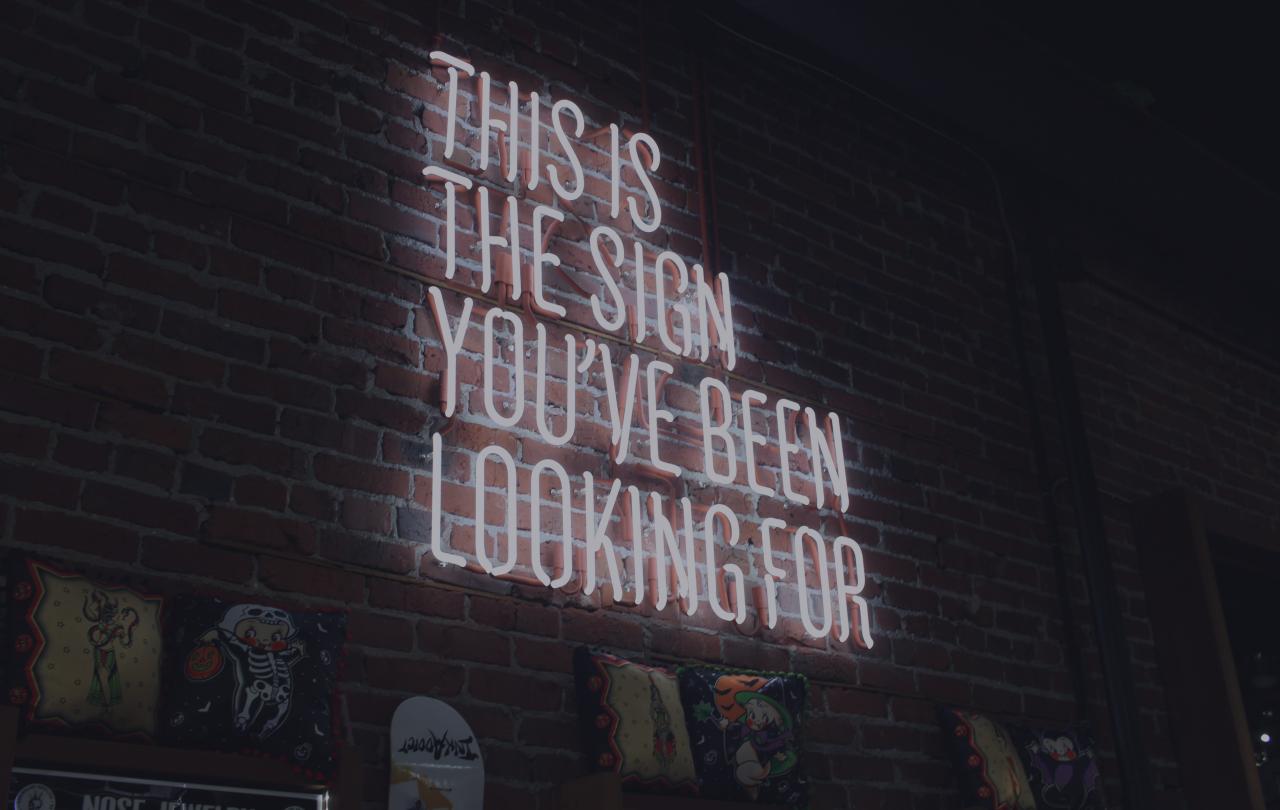
Apparently, Scorpio women from Gen Z are the most passionate about astrology, while Taurus Gen X men are the most skeptical. At least, that’s according to a delightfully insightful consumer report put together by the Peoplestrology website after surveying 2,800 people. I’m a Taurus 1995 MillZennial man so I’m not sure where that puts me. I’m also a trainee Anglican vicar which may contribute more to my demographic features, but that’s beside the point.
We are increasingly fascinated by spirituality and religious practices. We are at a point where we can no longer assume that ticking “No Religion” on a survey means you’re an atheist or that you don’t believe in a supernatural realm or a God. In fact, a report by Theos found that only 51% of people in the UK who claimed ‘No religion’ also claimed that ‘they don’t believe in God’. That’s unreal. Another unbelievable insight from the 2022 UK religious data was the ‘Shamanism’ is now the UK’s fastest growing religious movement. Meanwhile, #WitchTok had 18 billion views in 2021, even hitting the mainstream when it got its own BBC article last year. For the uninitiated, these are TikToks that introduce people to witchcraft practices. A quick wander around the Waterstones ‘What We Recommend’ tables is enough to see the huge push to retrieve ‘ancient traditions’ that help people navigate the spiritual wilderness of modern life. Marcus Aurelius’ Stoicism, and the Confucian classics, are making their comeback. It goes beyond self-help.
I used to work in a Soho advertising agency. I remember sitting on a teal coloured mid-century sofa with colleagues discussing star signs and pagan mythology over a coffee break. As the Christian, I was the one feeling like the cynical sceptic. That’s a strange experience and feels like cultural whiplash. Flashback ten years and secondary school in the mid-noughties and early-tens was brutal as a Christian. I watched Richard Dawkins' polemic God Delusion documentary during my religious education classes and my fellow classmates laid into Christianity like it was the most vile and stupid thing in the world. Anyone who believed in a supernatural reality was equally vile and stupid. Today, the New Atheist movement seems like a strange late-twentieth century aberration that has very much given way to a re-spiritualising world. In some cruel corners of Reddit, the New Atheist is even a subject of ridicule.
It’s possible to discern two impulses going on in this re-spiritualisation. On one side of the heart, there are those who are reaching for the spiritual but not the religious - wanting connection with something bigger than themselves to provide meaning and an experience of transcendence. On the other hand, there are those who lean more religious but not spiritual - we want something to provide structure and order to our lives. There’s less of a concern about the spiritual experience but a desire to reign in the chaotic life - I used to have agnostic friends who would pop into a Catholic Mass because they liked the stability of the ritual. These are two ends of a continuum and invariably we are all somewhere in the middle. Both impulses are profoundly important ingredients to a life that is full of meaning.
This, in my opinion, is an exciting and positive move in our society. It turns out that humans really can’t live on ‘bread’ alone - not least live on careers, brunches, or think-piece articles - and we certainly can’t live on ‘content’ alone. There is a spiritual vacuum, and we’re reaching for the oxygen.
But in all of this, there’s a serious concern. Because wherever there’s demand, there is profit to be made - and right now, there is ample spiritual demand.
The ‘market’ for spiritual consciousness and wellness will be a $3.7 trillion industry.
When reflecting on astrology’s role in contemporary society, the Peoplestrology report deems it the ‘perfect solution for our hyper-individualised culture’ and the report ends with an ominous recognition that the ‘market’ for spiritual consciousness and wellness will be a $3.7 trillion industry. The valuation of the ‘spirituality marketplace’ and the emphasis on ‘hyper-individualism’ has me seriously worried. It opens the door to the commodification of religio-spiritual practices and extracting capital value from people’s genuine spiritual search. It can become a product that we use rather than a profound source of ultimate meaning. And it’s already happening.
Sacred Design Labs, for example, is a consultancy that looks to ‘translate ancient wisdom and practices to help organizations develop products, programs, and experiences that uplift social and spiritual lives.’ Their vision is genuinely very positive - it’s to make the workplace a less sterile and meaningless place. Don’t we all want that? However, they are also perfect examples of the trend in capitalising on this burgeoning market. To illustrate the point, one New York Times article recounts where the consultancy was hired to pull together hundreds of religious practices and categorise them by emotional states in order to give them possible uses in different corporate contexts. This exercise made the client ‘realize how many useful tools existed inside something as old-fashioned as his childhood church’. I’m glad that religious practices are getting a hearing in mainstream corporate contexts, but it saddens me to hear words like ‘useful’ being used to describe them. That’s only a hop and a skip away from ‘efficient’ or ‘profitable’.
The inconvenient truth is that this commodification of spirituality is not just something corporations can be guilty of. We as late-modern individuals can be guilty of stripping religious practices out of their religious context and incorporating them into our self-care programmes. Tara Isabella Burton, author of Strange Rites: New Religions for a Godless World, calls this the ‘bespoke-ification of religion’. As Burton notes - ’We risk seeing spirituality as something we can consume, something for us, something for our brand’. And when we turn spirituality into a product, we turn it into something trivial.
The irony is that this is profoundly counter-productive. Haven’t we agreed that hyper-individualism, and the commodification of everything, were precisely the things that led us to the spiritual vacuum we are now living in? If there was anything that Karl Marx, Aldous Huxley, and Billy Graham could agree on, it’s at least that. Are we doomed to repeat the radically individualistic cycle of dismantling the very thing that we are desperately grasping after - deep connection with our community, with our work, with our bodies, with our universe, and perhaps, just maybe, with our God? Satisfying our spiritual hunger is about more than just increasing our efficiency and decreasing our blood pressure. It’s about answering some of the most important questions any human individual can ask. Who am I? What am I made for? Is there a God or a spiritual dimension to the universe? Am I free or fated? What happens after I die? All these questions require us to look beyond ourselves, and to stare into the wild edges of human experience.
If we are going to embark on a journey of spiritual discovery, whether it’s through astrology, pagan mythology, silent retreats, Tibetan Buddhism, or dare I say, Christianity, we can’t let our spiritual hunger be commodified for profit. Neither can we let it shrink back to the hyper-individualism that will keep us locked away in a prison called “self”. Our spiritual wellness is too important for that; it is worth more, infinitely more, that $3.7 trillion or a subscription service advertised to you on Instagram.





